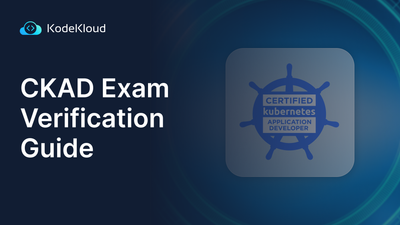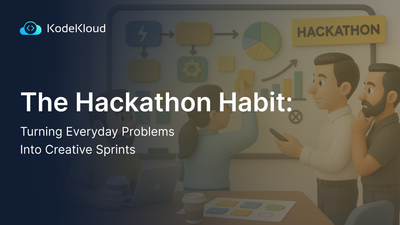In our journey to demystify the CNCF landscape, we've had the privilege to "sit down" with some of the most influential tools and technologies that are shaping the cloud-native world. Today, we're thrilled to welcome a technology that has become synonymous with efficient and seamless microservices communication: gRPC.
The Interview
Interviewer: Hello gRPC, can you briefly introduce yourself to our readers?
gRPC: 👋 Hello! I'm gRPC, which stands for Google Remote Procedure Call. I'm a framework that allows different services to communicate with each other in a fast, efficient, and language-agnostic manner. I was developed by Google, and now I'm proudly a part of the CNCF family.
💡For those unfamiliar, CNCF stands for Cloud Native Computing Foundation. It's a hub for open-source projects that help in building cloud-native applications.
Interviewer: Now, gRPC, how do you fit into the CNCF landscape?
gRPC: I'm categorized under the 'RPC' section of the CNCF landscape. I play a crucial role in facilitating communication between microservices, especially in cloud-native environments. I work alongside other tools and platforms to ensure seamless and efficient communication between distributed systems.
💡Right, and for those new to the term, microservices is an architectural style where an application is composed of small, independent modules.
Interviewer: Now, gRPC, what sets you apart from other RPC frameworks?
gRPC: I use HTTP/2 for transport, which allows for bidirectional streaming, flow control, header compression, and multiplexing requests over a single TCP connection.
💡To break that down, HTTP/2 is a more advanced version of the HTTP protocol we use on the web. It's faster and more efficient, especially for complex applications.
Interviewer: But I'm curious, how do you compare with popular data formats and query languages like XML, JSON, and GraphQL?
gRPC: 🥱 Ah, the age-old debate! Well, XML and JSON are like the classic cars of data formats. They've been around for a while, and they get the job done. But imagine driving a classic car in a Formula 1 race. That's what it's like using them in high-performance applications. I, on the other hand, use Protocol Buffers, which are sleek, compact, and built for speed. As for GraphQL, it's like a customizable vehicle, allowing clients to request exactly what they need. While GraphQL is flexible, I shine in performance, efficiency, and cross-language support.
Interviewer: So, you're the Formula 1 car in this race?
gRPC: 🤫 Precisely! I ensure efficient and clear communication between services, enhancing the system's overall performance.
Interviewer: With the rise of cloud-native technologies, how would you explain your significance?
gRPC: Think of me as the "universal translator" for microservices. In a distributed system, different services need to communicate, and I ensure they understand each other, irrespective of the language they're written in.
Interviewer: So, like a translator for friends who speak different languages?
gRPC: Exactly! I ensure efficient and clear communication between these services, enhancing the system's overall performance.
Interviewer: Any advice for someone keen on integrating you into their infrastructure?
gRPC: Definitely! Understand your service's communication needs first. If you have services in multiple languages or need real-time communication, I'm ideal. Get acquainted with Protocol Buffers and consider integrating tools like Envoy for service mesh capabilities.
💡And just to clarify, Envoy is a tool that aids in managing the network communication between microservices.
Interviewer: By the way, I've heard there's a gRPC conference coming up. Can you tell us more about it?
gRPC: Oh, absolutely! We're hosting the annual gRPC conference soon. It's a fantastic opportunity for developers, enthusiasts, and businesses to learn, network, and share their experiences. There'll be workshops, talks, and some exciting announcements!
Interviewer: Sounds like a must-attend for anyone interested in gRPC and microservices!
Interview Summary:
- Google's framework for efficient service communication.
- Part of the CNCF.
- Uses HTTP/2 and Protocol Buffers for speed and efficiency.
- Outperforms classic data formats like XML and JSON.
- Offers better performance than GraphQL in certain scenarios.
- "Universal translator" for microservices.
- Consider using with tools like Envoy.
Dive Deeper: If you're transitioning to a microservices architecture, consider exploring gRPC.
Join the Conversation: Have questions or experiences with gRPC? Share in the comments below!
Save the Date: Don't miss out on the upcoming gRPC conference. It's a golden opportunity to learn and connect with the community. [Link to conference registration]

















Discussion